I’m sitting on board of Atlantic Airways flight RC453. Beneath me the rough North Atlantic. There is not a single cloud in the sky. The sun is shining into my face. Water, nothing but water as far as I can see. From up here, everything looks so silent and peaceful. But I am aware that I will fully experience the elements of nature for the next 10 days.
The plane is descending, even though there is still no land in sight. We might just be 1.000 meters above the water when suddenly the first craggy rocks of the Faroe Islands rise out of the sea – gigantic and unpolished. It gets bumpy, one turbulence follows the other and shakes the plane vigorously. We become the plaything of the wind. All of a sudden it became frightening calm. A second later we have landed safely at Vágar Airport.
We are the only plane on the airfield. There are two gates, but only one baggage claim. The airport building is cute. The flight board shows a total of eight flights. A little later I notice that these are the flights for the next three days.
It is early March and I will meet here with some fellow photographers. Together we want to explore the islands, search for the magic moment and the right light to capture the perfect photo…
The Faroe Islands are on the halfway between Scotland and Iceland – myths, legends, fish and the weather – these are the topics that shape the life on these remote islands. Only 50,000 people live here – together with around 80,000 sheep. Sheep can be found everywhere here: on the roadsides, in the villages or on the rough and steep cliffs. There is no corner where you won’t see them.
It’s not clear why people once settled here. These islands are way too remote from the rest of the world, the landscape is too rugged. The barren soil and the low temperatures make agriculture impossible. You don’t find any naturally grown trees. And not even insects can be found here. It’s simply too cold – even in summer the temperatures rarely rise above 12° Celsius. Only grass. Grass grows everywhere. These islands would be perfect for nesting birds, but people?
Stories claim that the men who got seasick on the long trips across the Atlantic towards the west were left here ashore. This also goes hand in hand with the story that the people here – unlike other Nordic countries – were never really great sailors. However, today most of the people here live from fishing…and sheep farming.
Talk about the weather? Here you can experience it!
The weather here can be described quickly: windy, humid and extremely changeable.
Bright sunshine can be followed by dense fog or heavy rain within a short time – and of course vice versa. And while at one place the wind blows so strongly that you can hardly move, a few mountains and bays further ahead it can be calm and windless. The weather here is extremely local and completely different.
Due to the proximity to the Gulf Stream, temperatures are comparatively mild despite the geographical latitude: in summer the average temperature is 12 degrees Celsius, in winter around 3 degrees.
If in winter a depression covers the mountains on one side with a thick layer of snow, the other side often remains free of snow and shows the beautiful green-yellow meadows. In general, the snow – at least in the valleys – never stays long and the harbors remain ice-free all year round.
About roads, tunnels and ferries
The road network – according to the traffic – is quite well developed: Many of the islands can be reached via numerous tunnels that run under the Atlantic or through the mountains. To reach the islands Sandoy and Suðuroy you have to take the ferry. This is also not a big problem, as the ferries sail several times a day. But the emphasis is on “actually”. Because the weather can quickly play a trick on you – so our day trip to the neighboring island Sandoy went a little differently than planned:
Sandoy – it often turns out differently than you plan it
From Gamlarætt we took the car ferry – it was a quite 30 minutes ride. When we arrived at Sandoy we drove around and landed in a village called Skarvanes. There was not much to see here: Houses, meadows and a few sheep. Only the big cars in front of the houses were a sign, that people live here. While we were wandering around and took some pictures, a man stepped outside of his house and waved to us. It was Pete who invited us for a cup of coffee or cognac. We should leave our shoes on and so we sat a minute later in his well-heated kitchen still wearing our hiking boots. He didn’t have any Cognac, so we drank coffee.
It’s hard to say how old Pete was – I would guess somewhere around 60 years. He was born here, grew up and still lives here. He told us a lot of stories about the people and the islands, about geology and nature. It was interesting and I could have listened for hours. But unfortunately, we had to leave to reach our ferry back.
When we wanted to say goodbye, Pete quickly looked out of the window, then turned back to us and shook his head: “There will be no ferry today!
Some phone calls followed and then things became real: there will be no ferry back today. We were stranded. We hadn’t expected that. We had nothing with us, except the things we wore and our cameras. No toothbrush, nothing to wash or change clothes.
But Pete was really helpful. He organized a couple of rooms in a nearby hotel – the only hotel on Sandoy and after a short night, we boarded the ferry just before 6 am – the only one that should go that day.
It was one of the bumpiest boat trips that I’ve ever experienced. Meter-high waves pushed the boat back and forth like a nutshell. While feeling the forces of nature all I hoped was that the captain knows what he is doing! And he knew it and took us safely to the harbor. Not the weather itself was the problem – the people here are used to it. It was the direction of the wind that threatened to push the ferry against the pier and make the entrance a risky undertaking.
Note to myself: it is never wrong to have a toothbrush and some clothes to change in the back of your car.
Múlafossur – the waterfall in Gásadalur
It can be said with respect that the waterfall in Gásadalur gives one of the most iconic sights of the Faroe Islands. The village with its waterfall is quite hidden between high mountains in the north, east and south. And a cliff in the west that drops into the sea. Here the striking waterfall plunges from about 100 meters into the open sea.
This is one of those places you have to experience yourself, as a photo will never fully reflect the mood.
You need to consider that until 2006, Gásadalur was quite isolated from the outside world. Before blasting the 1.7-kilometer-long tunnel through the mountain, the inhabitants and the postman – who made this trip three times a week – had to take on a three-hour hike over the steep and wind-whipped southern mountain pass with a height of 464 meters before reaching the next village with a road connection. Due to strong storms and steep cliffs, the sea route was not a reliable way to reach the village. Ships would simply smash on the cliffs. The wind is often so gusty and swirling that even the waterfall “falls” from bottom to top.
From myths and legends, trolls and dwarves
Myths and legends are firmly anchored in Faroese culture. There are trolls and giants, dwarves and witches, the Huldufólk and the mermaid Nykur, who goes ashore in the shape of a majestic horse and takes the unsuspecting to the bottom of Lake Leitisvatn/Sørvágsvatn. At the southern end of the lake, you find Trælanípa – the so-called slave cliff – a vertical rock wall that protrudes 142 meters out of the sea. It’s said that once slaves who didn’t work hard enough where pushed off the mountain.
The legend of Risin and Kellingin tells the story of a giant and a witch. The two lived in Iceland. They were so jealous of the Faroe Islands that one night they tried to tie a rope around the islands and pull them over to Iceland. But despite all their efforts, they did not succeed. They were so obsessed about their plan that they didn’t notice the sun rising. Like all creatures of the night when the first rays of the sun hit them, they turned to stone. Ever since the giant and the witch still stand here staring westwards, longing for their homeland Iceland.
These stories are joined by many others: the footprint of a giant on the postal route to Gásadalur, which he left behind when he jumped to the neighboring island of Mykines. Or the Huldufólk – grey, dark-haired hidden people; supernatural beings who live behind rocks and mounds. With their psychological powers, they try to lure and trick people and gain power over them. Since the Huldufólk does not like light, you should be careful of them in the outfield, in the darkness, and dense fog.
Grass-covered houses and a touch of the Lord of the Rings
The typical grass-covered houses, that integrates almost invisibly into the landscape, is something that has made the Faroe Islands known throughout the world. The church of Saksun and the house of a farmer next to it have gained worldwide fame through social media. Meanwhile, tourists traveling into the bay of Saksun to take exactly such photos. Unfortunately, they didn’t show any respect to privacy – they climb over fences, trample the meadows and look into the windows of the inhabited huts. Understandably, the residents are not so happy over the sudden glory. Whereby it’s still possible to take nice pictures here with a little distance and respect.
That one week here has passed quickly and there are still a lot of things to discover. Besides full memory cards with hundreds of photos, I bring home one thing above all: lasting impressions of a unique, rough and untamed nature and the desire to slow down more often.
The Faroe Islands, the landscape and vegetation, the mountains, meadows and lakes and the myths and legends. It is not unusual to be reminded of the land of the Hobbits and the Lord of the Rings.
“My precious”, you have to see it with your own eyes.
If you want to experience the Faroe Islands yourself, you will find a lot of valuable information on Visit Faroer Island.
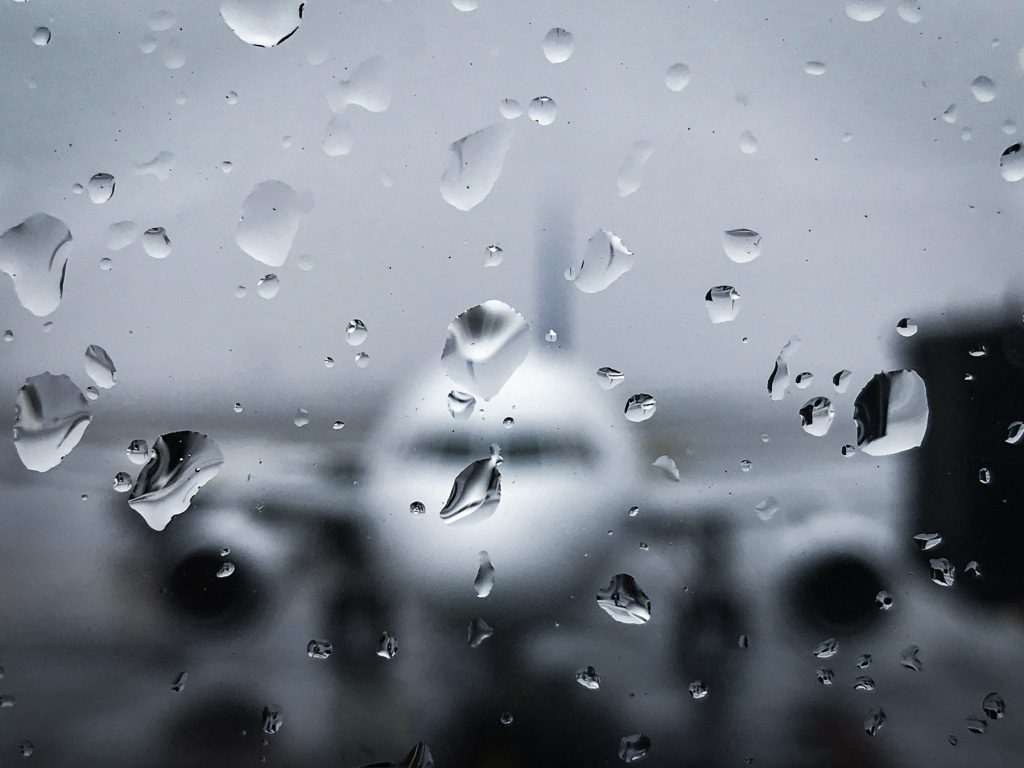
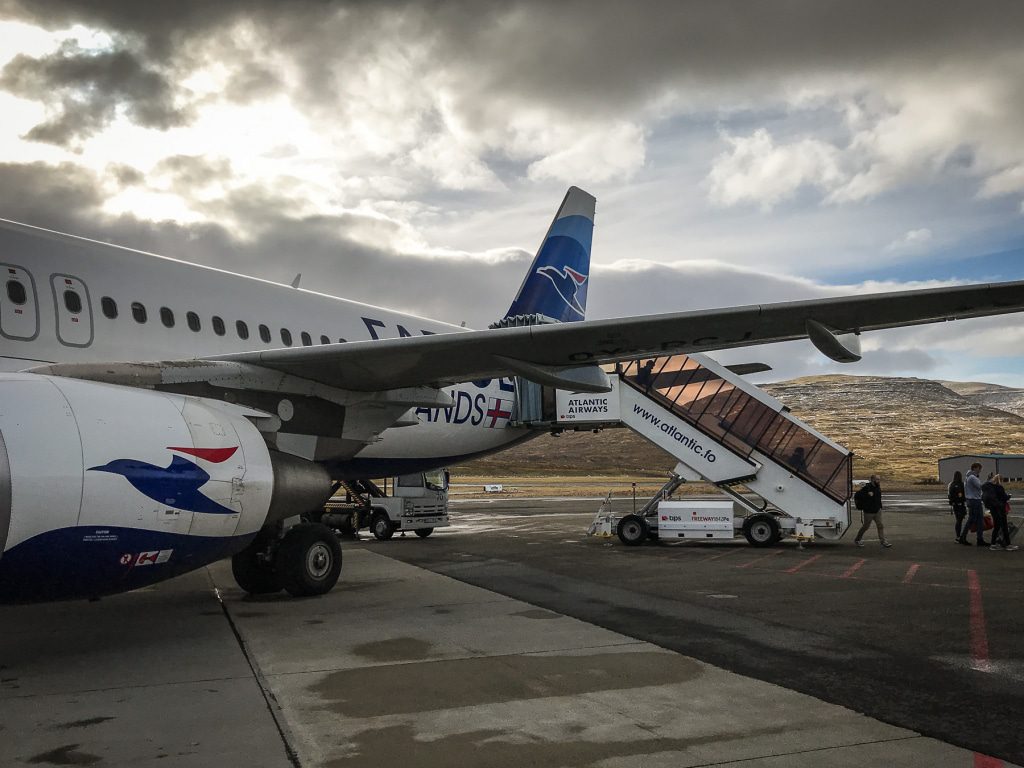
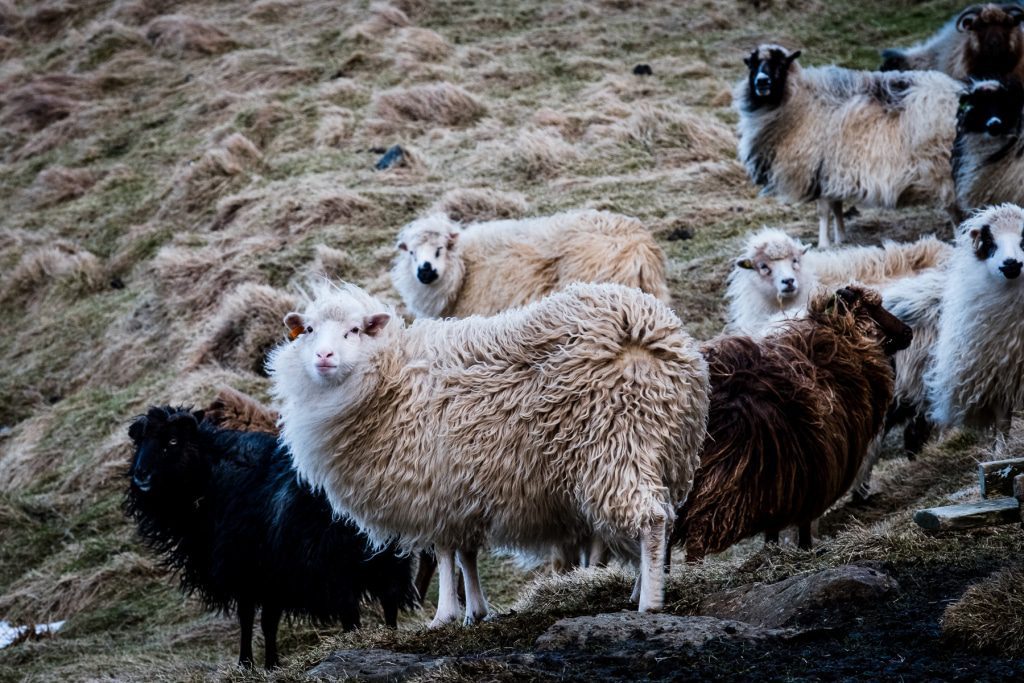


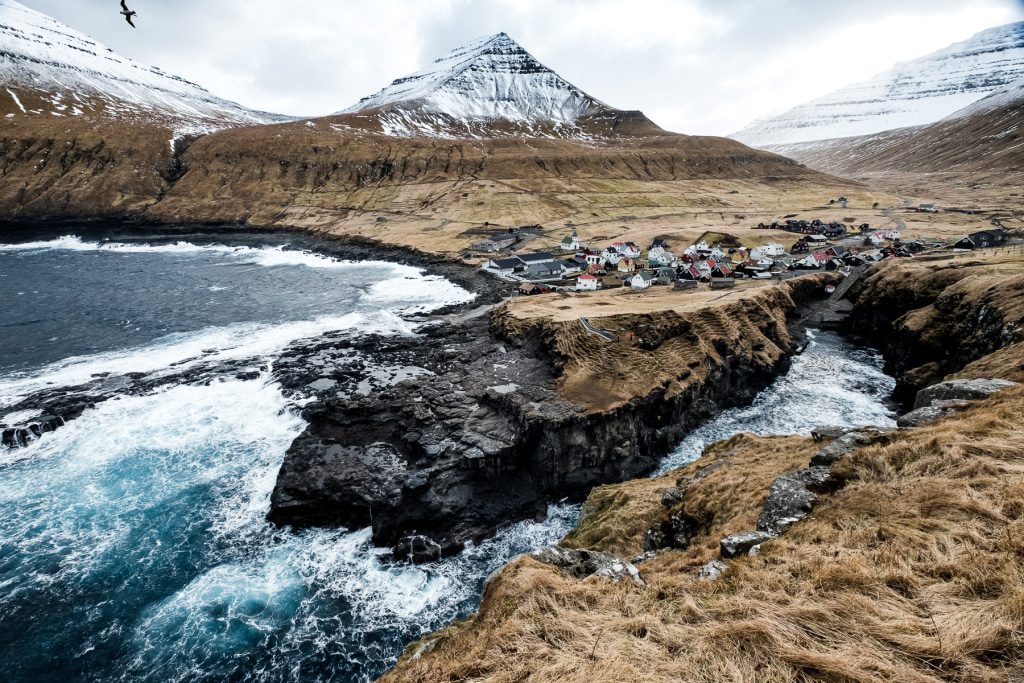
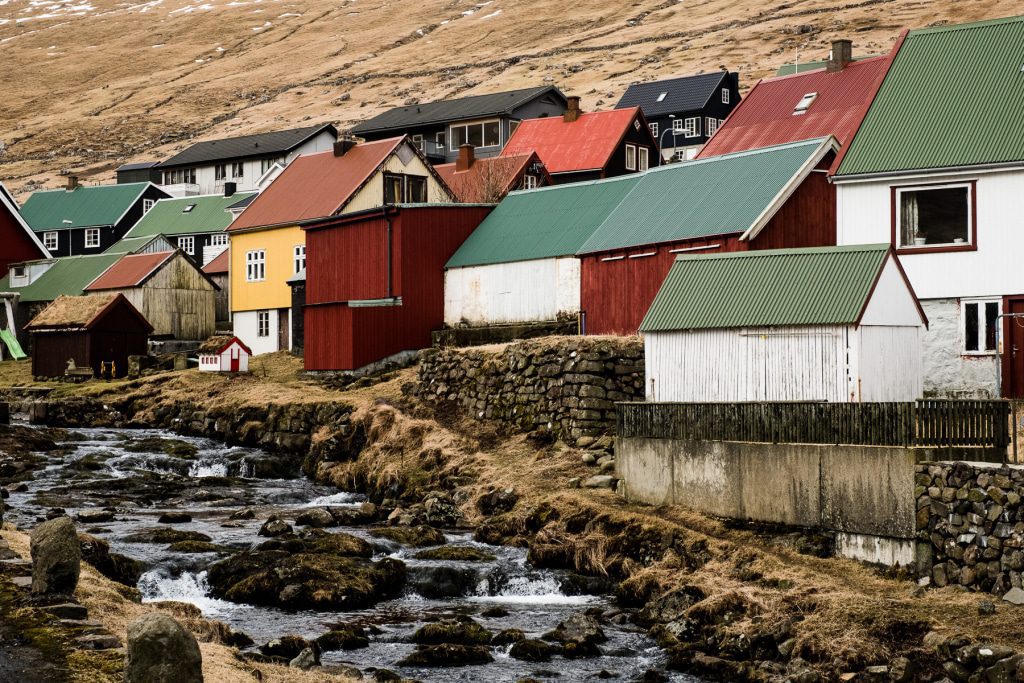
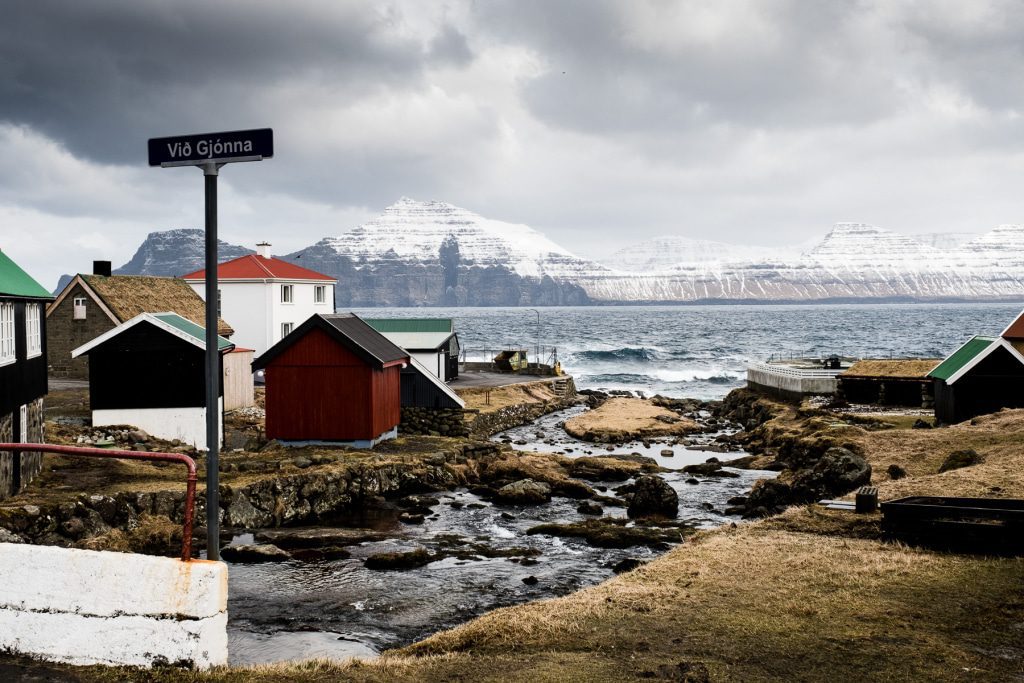
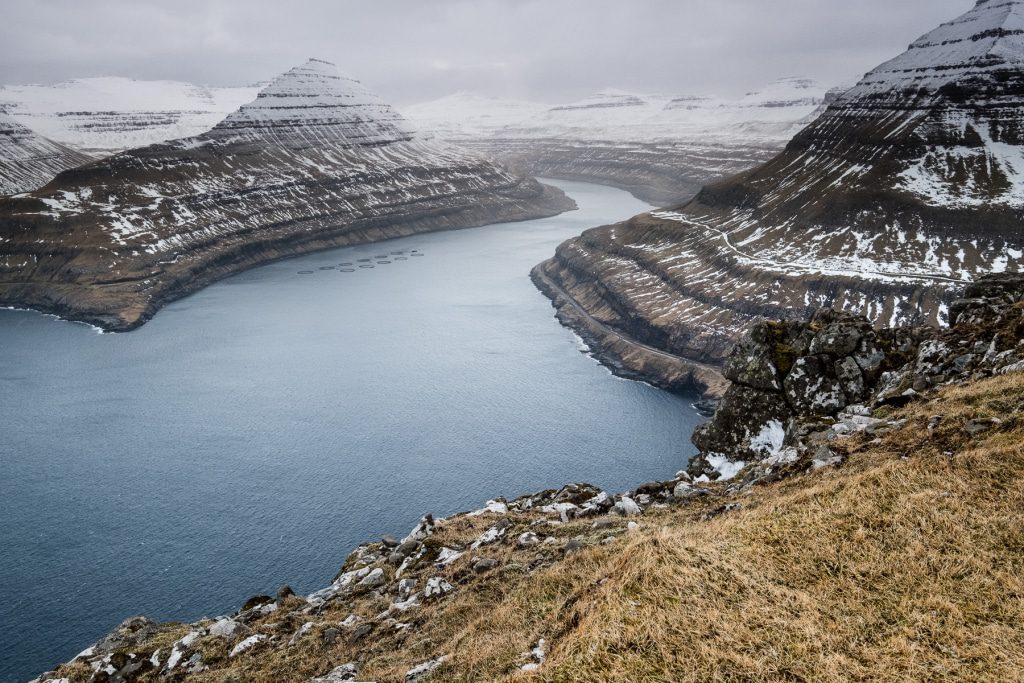
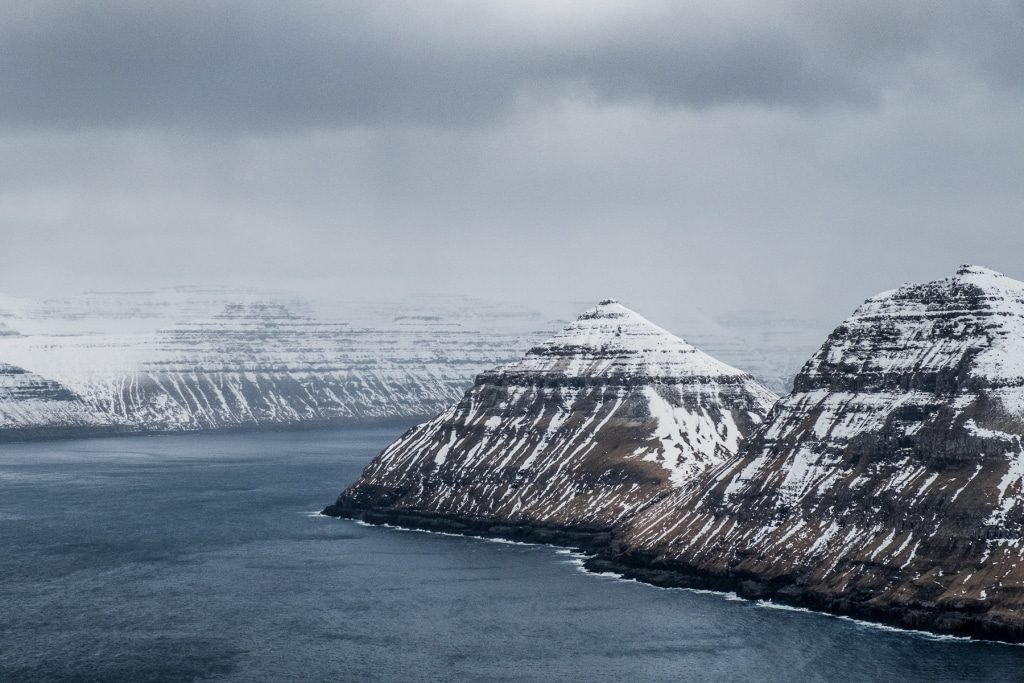
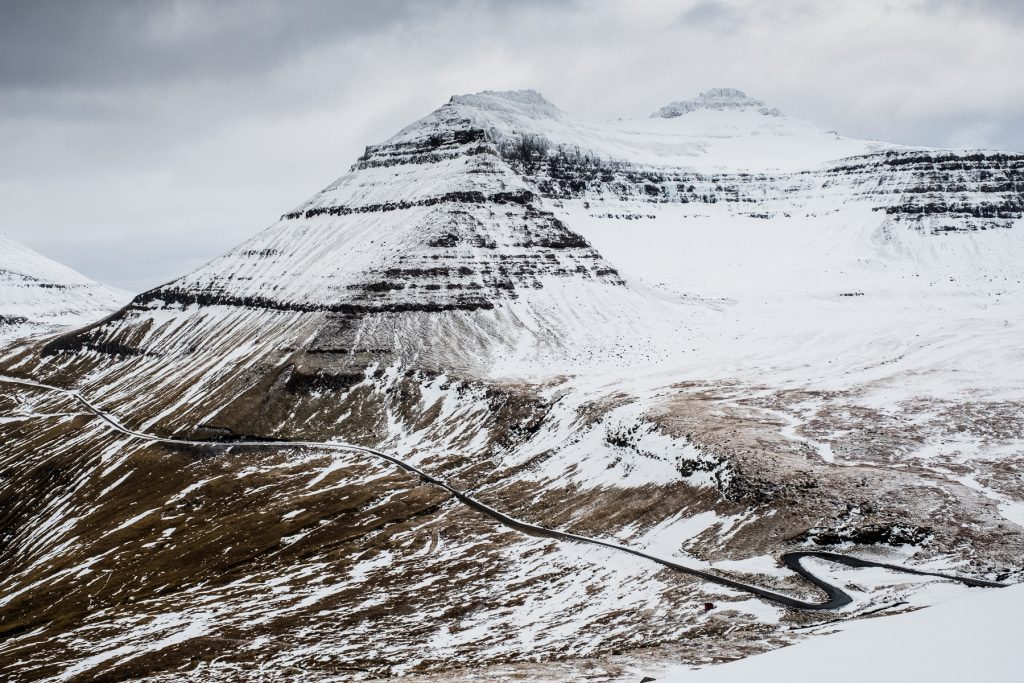
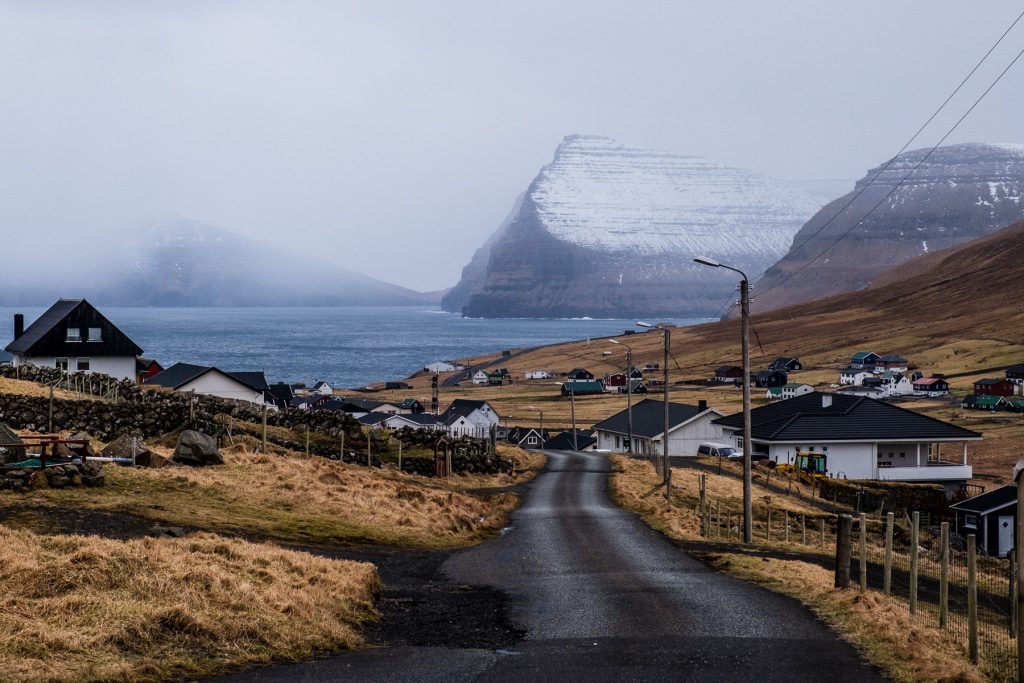
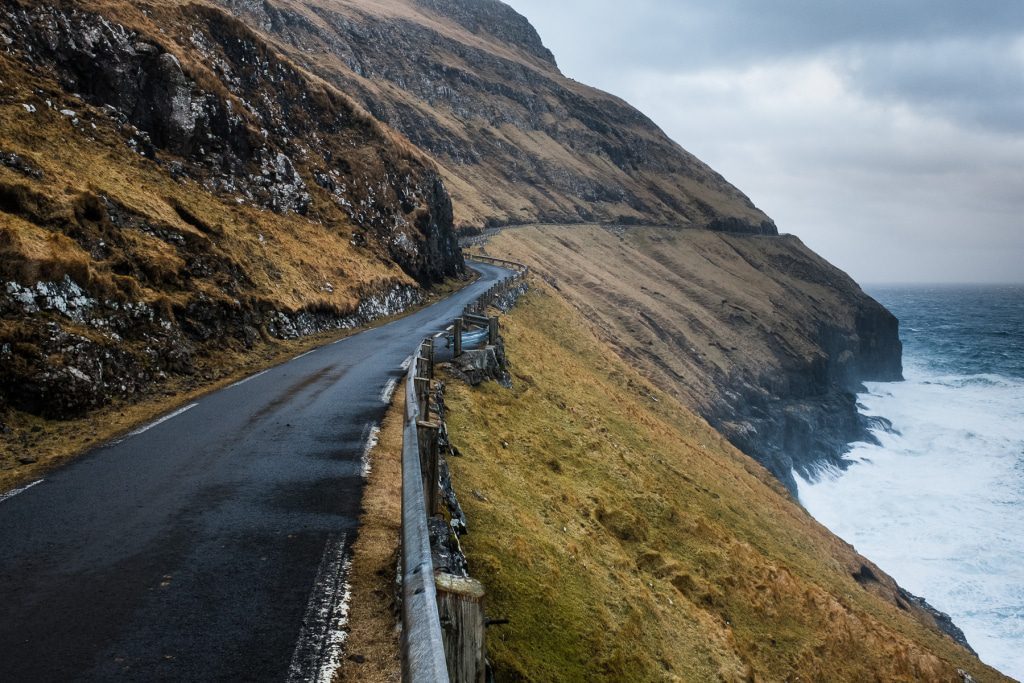
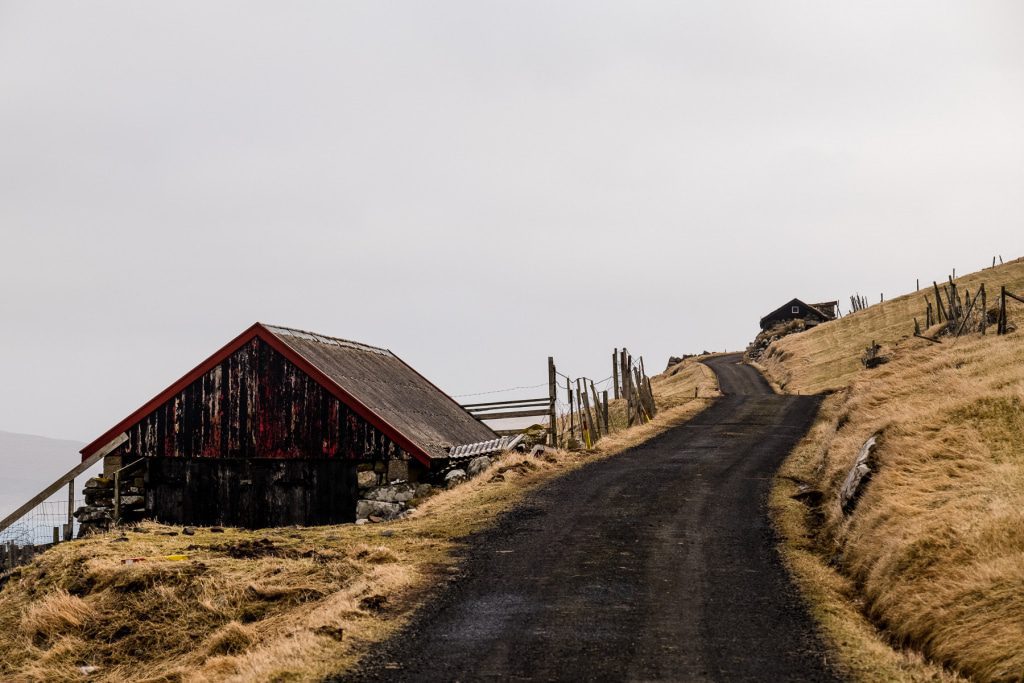
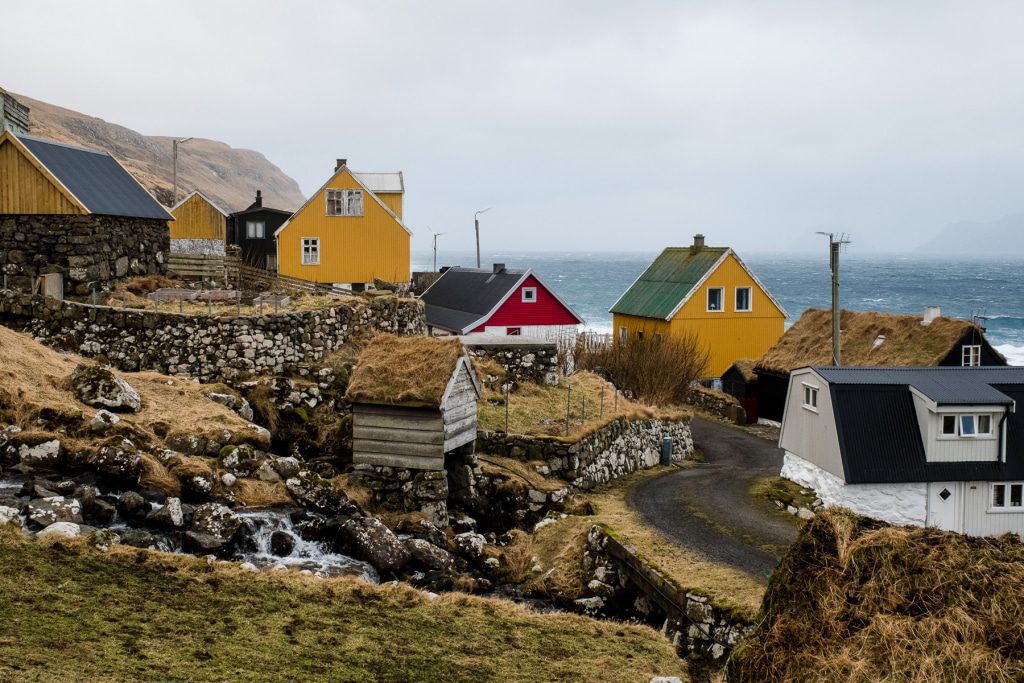
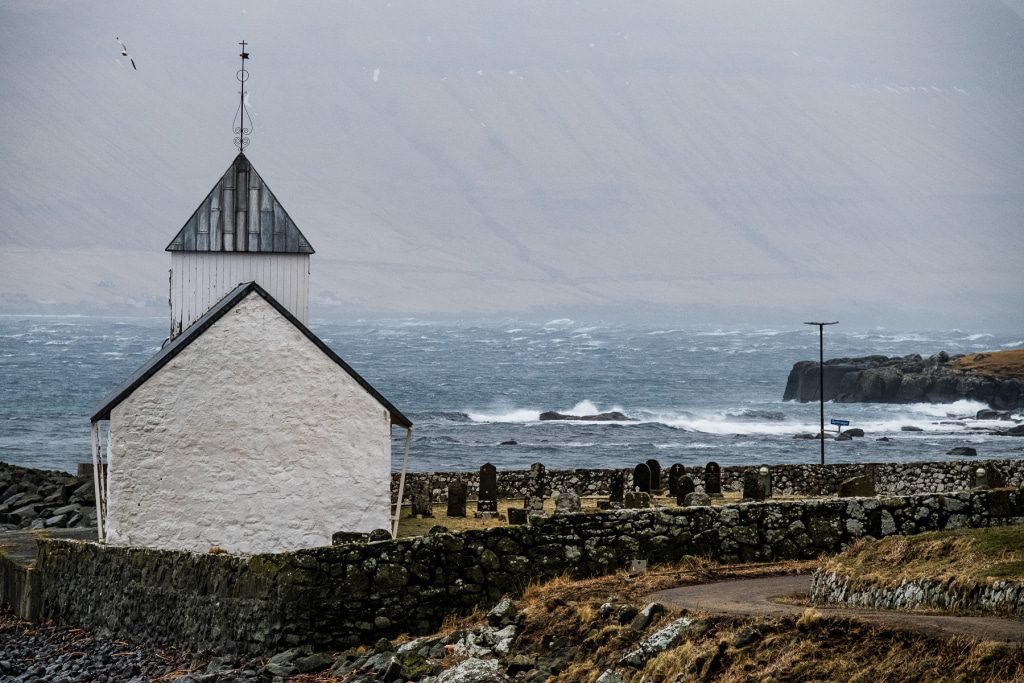
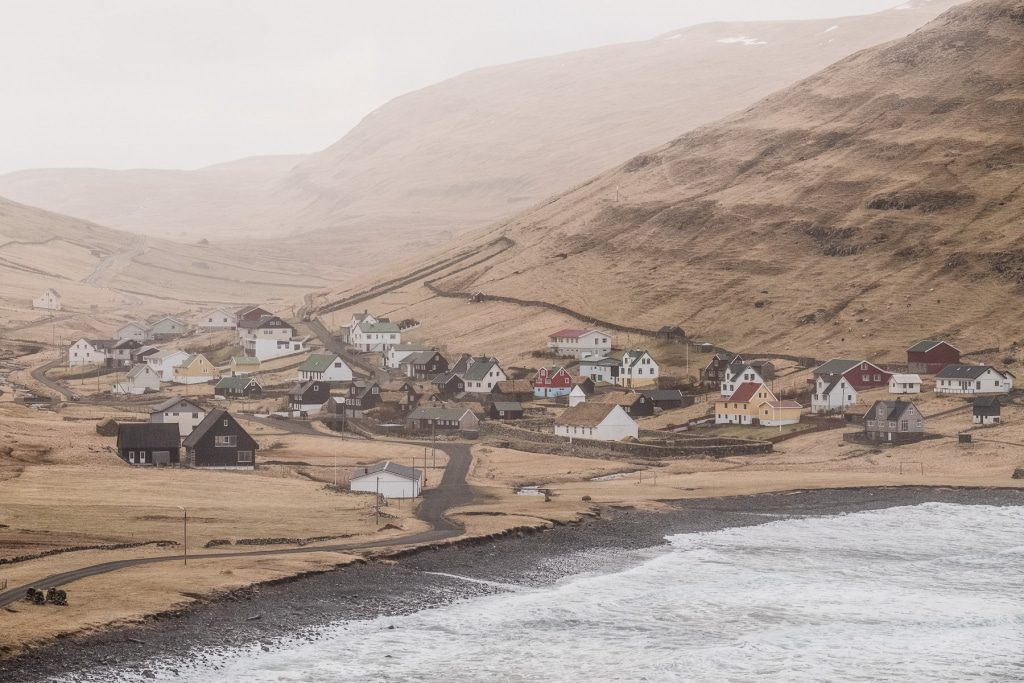
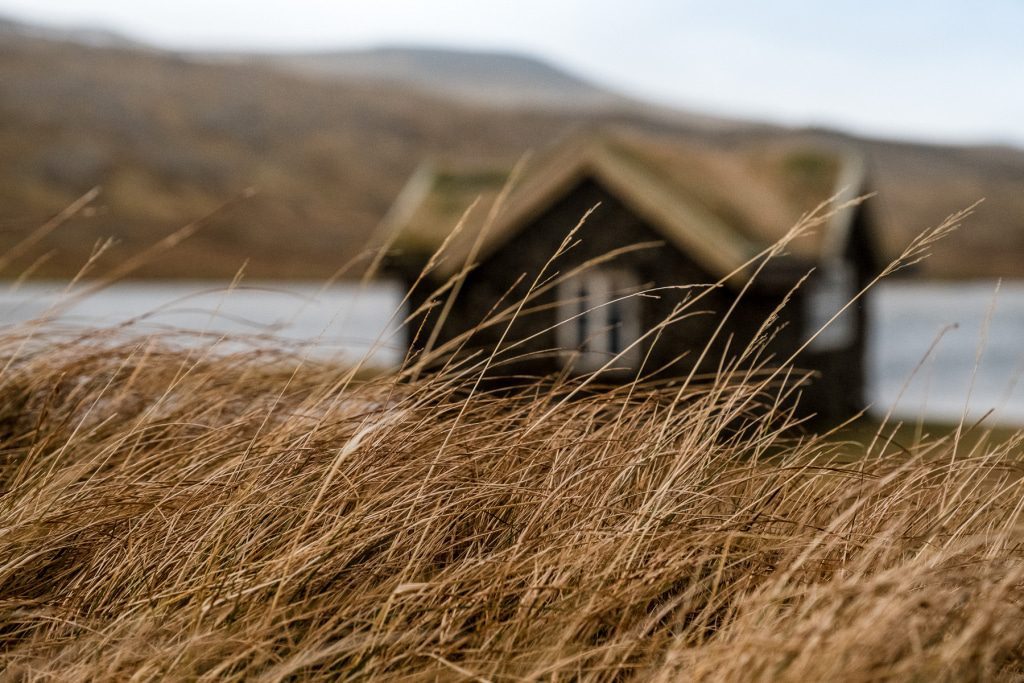
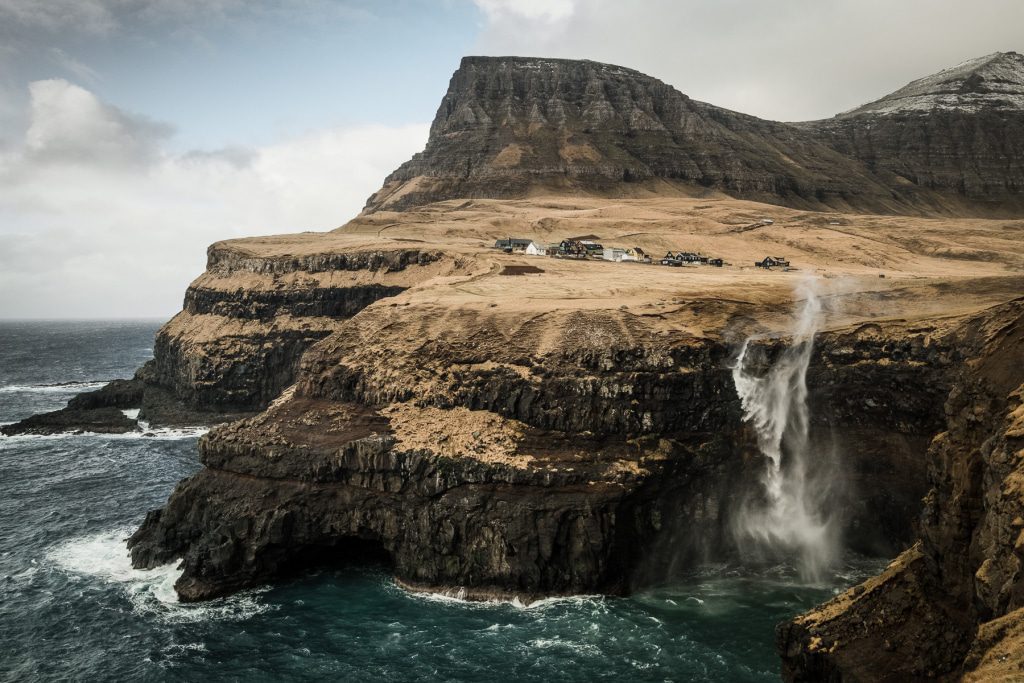

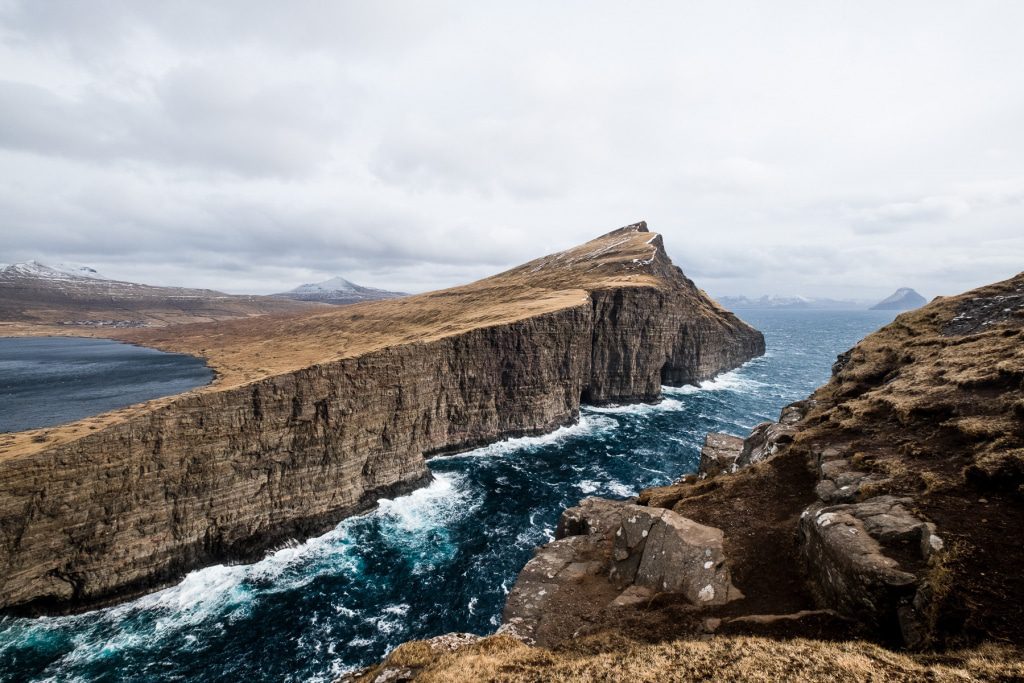
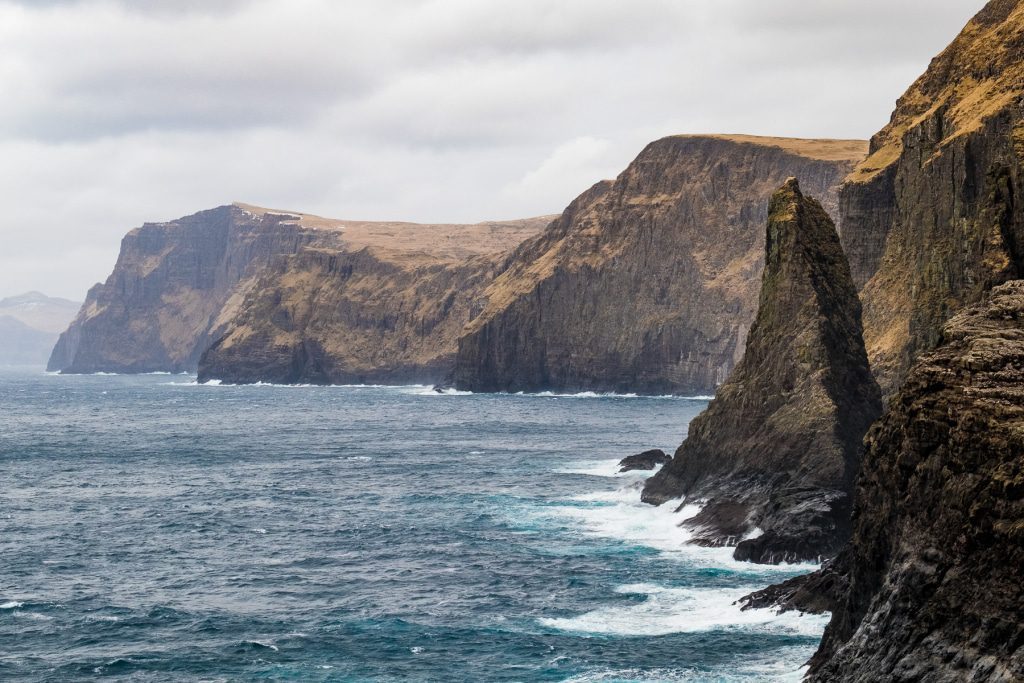
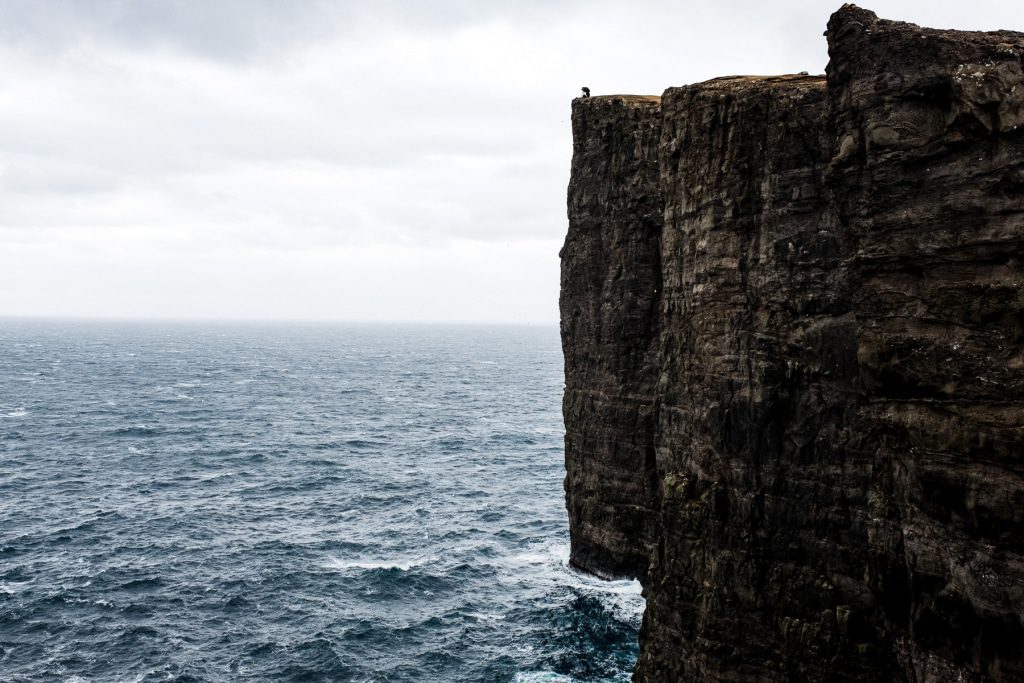


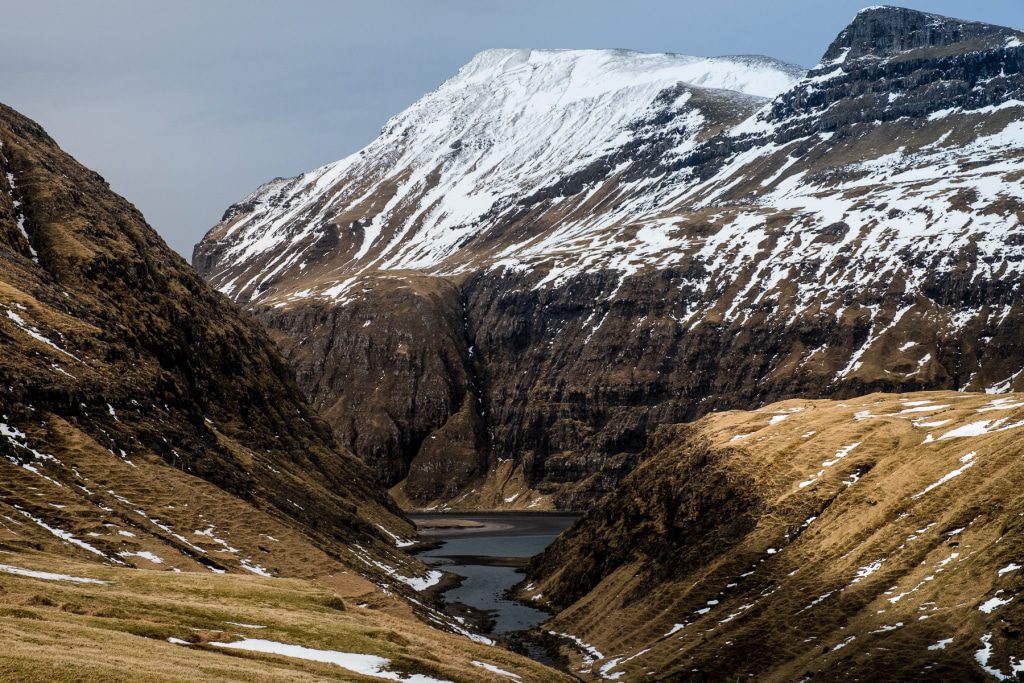
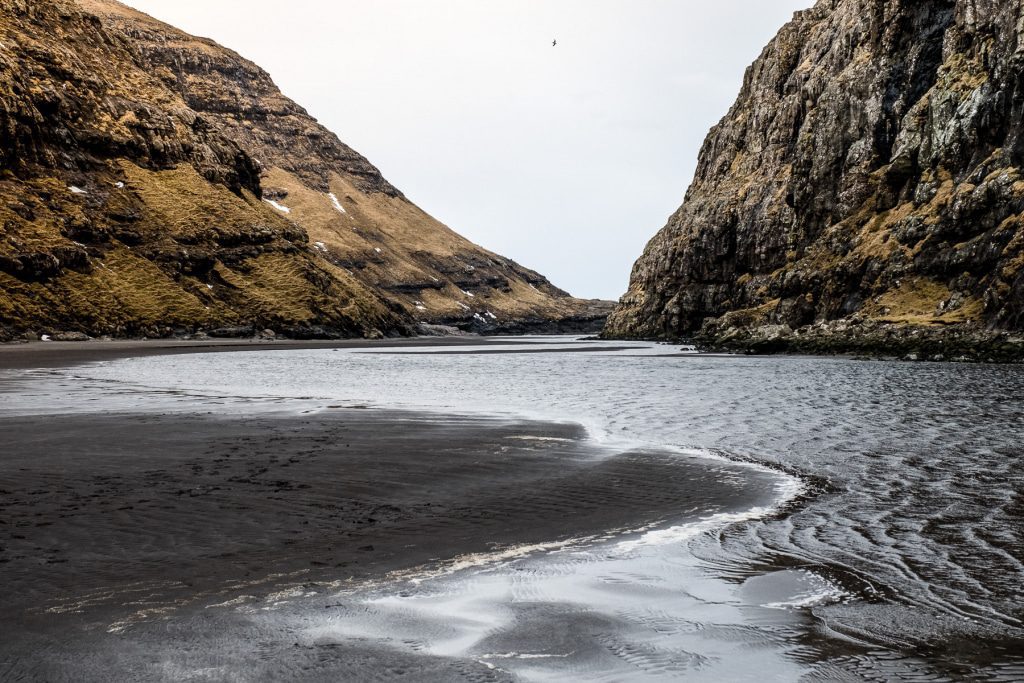

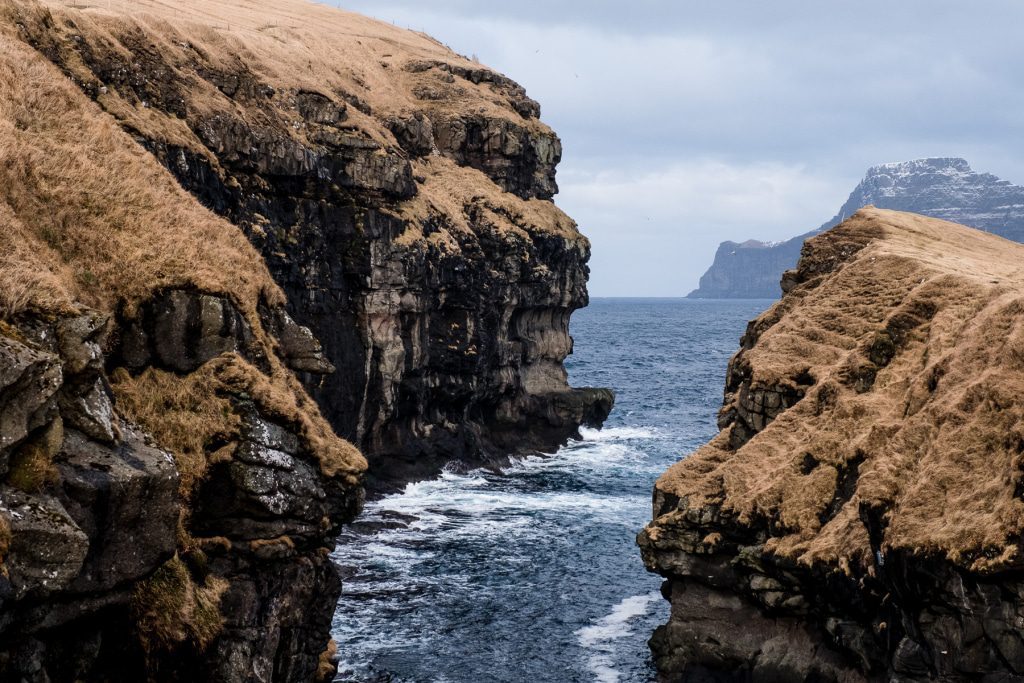
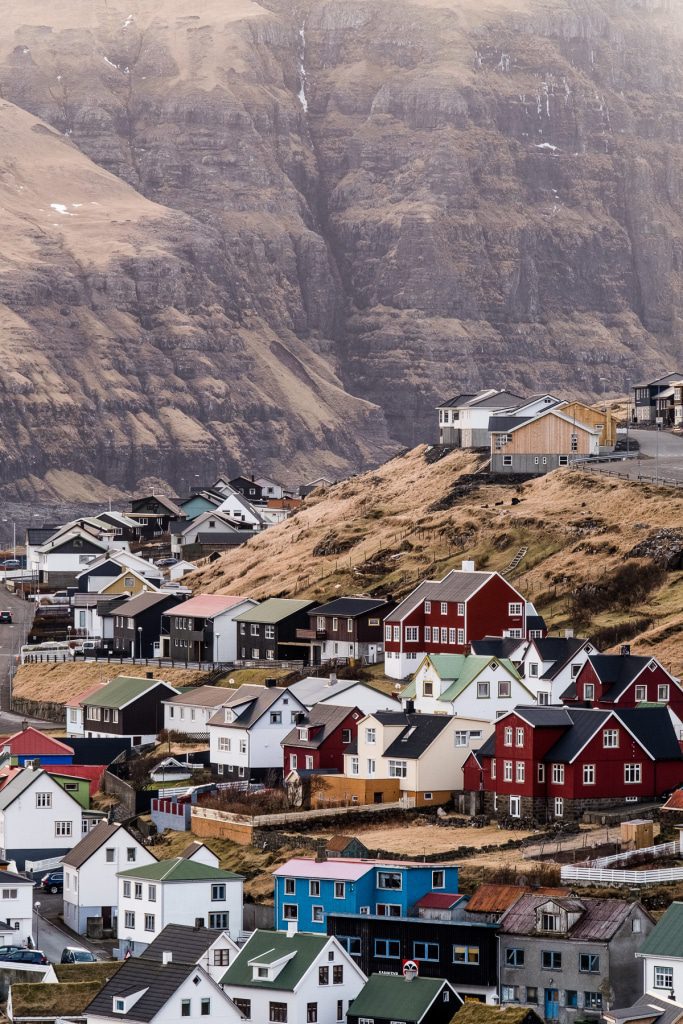
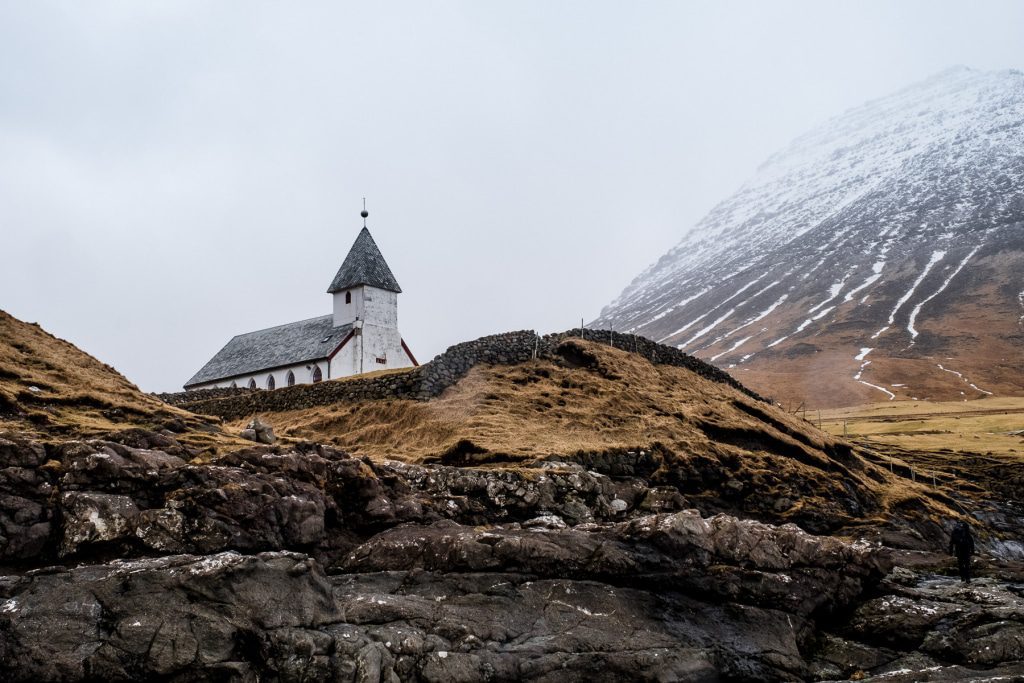
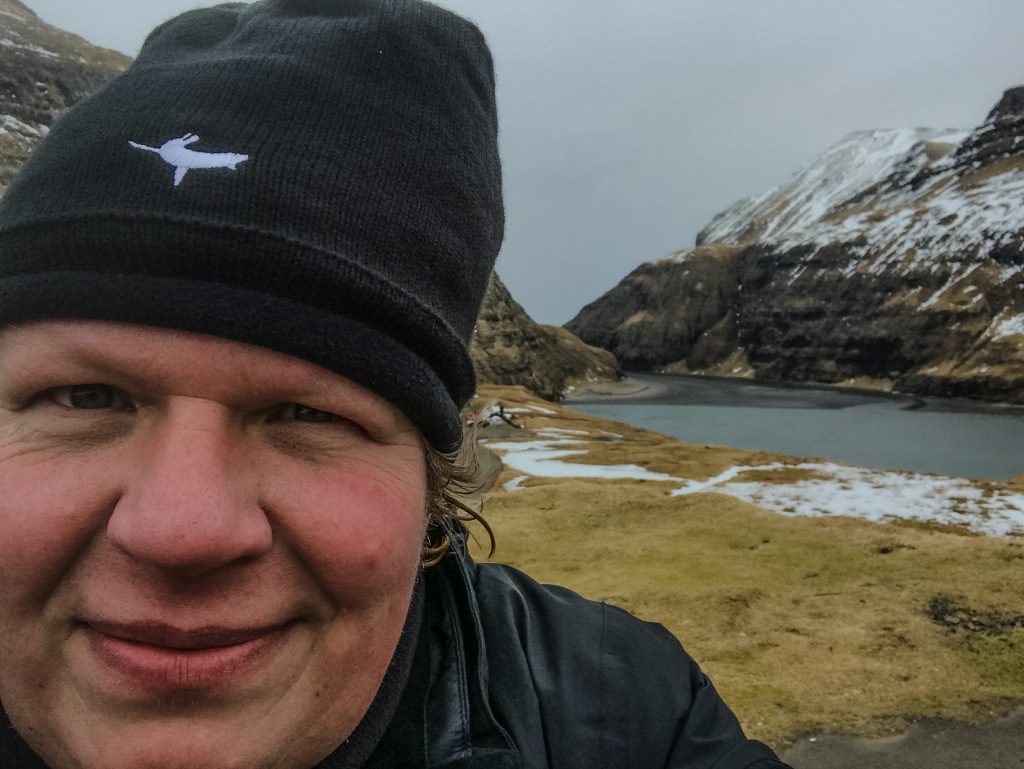
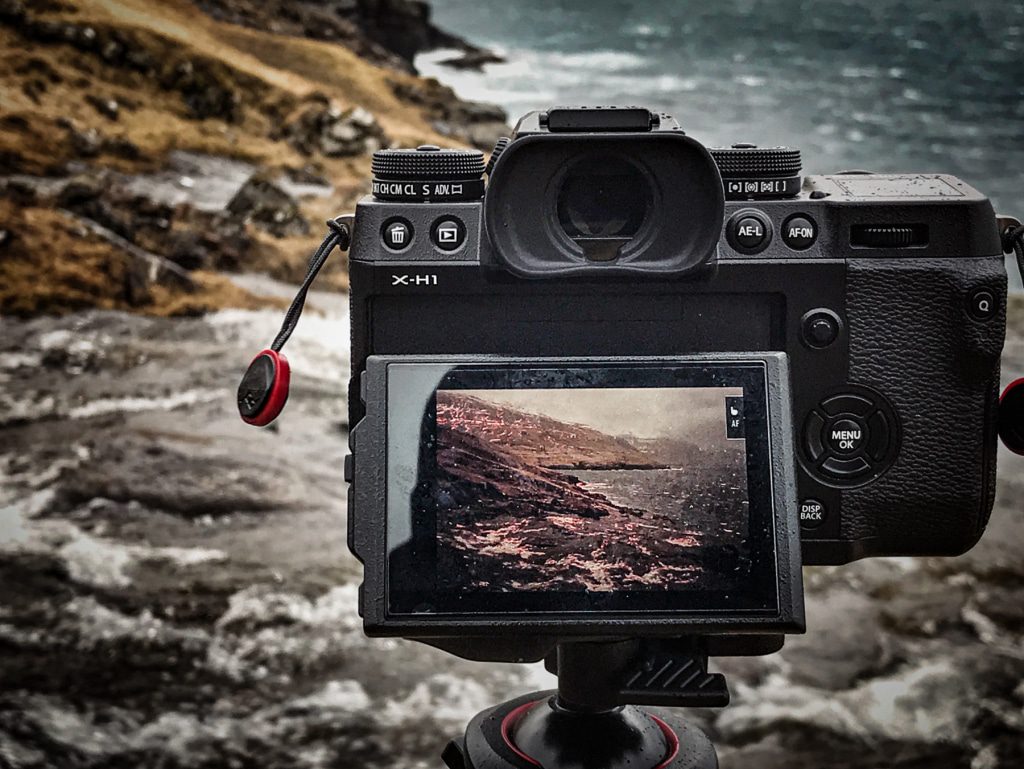
I think it is a very beautiful island. Love the landscapes and the raw beauty of nature.
These pictures are incredible!! I’d love to visit here
This is one of the place that I want to visit. I hope I can see and be here in the future
Wow what breathtaking views. Faroe Islands has some beautiful places. Unbelievable.
I will definitely visit this place once. The pictures are really amazing.
These pictures are so beautiful. You wrote my idea of a dream vacation.
Wow! The landscape is breath taking! Beautiful!
Your photos are totally beautiful I love scenery view I would love to visit this place someday 🙂
I never been or heard of this place before. It looks beautiful. I definitely need to check it out! Thanks for sharing!
I have never been to The Faroe Islands but now, thanks to the photos, I believe it is a beautiful place. So peaceful and so country, I love it!
Truly capturing the beauty of the untamed nature. This is not my kind of vacation, and I wouldn’t be lucky enough to see this beauty without you posting. So thank you very much for sharing! Faroe Islands rock… from the comfort of my living room!
While I have not watched lord of the rings, I do love a good legend! Thanks for the stories and the beautiful photos. It looks like a bucketlist destination!
wow, wow, wow, what a beautiful, unspoilt and wild place. Thanks for the stunning pics and the great descriptions!
Your photos of Faroe Islands are so fantastic! Together with your story, they took me along on your road trip, drinking coffee with Pete and experiencing the ferry ride from hell. Wonderful, I’d love to visit some day!